Capellini (Angel Hair Pasta): 7 Delightful Ways to Enjoy This Delicate Classic
Capellini (Angel Hair pasta) is one of the thinnest and most elegant pasta shapes you’ll find. With its fine strands and delicate texture, it cooks in minutes and works beautifully with light sauces and fresh ingredients. Unlike heavier types of pasta, Capellini brings a refined simplicity to the table that makes it a favorite in Italian kitchens and around the world.
In this guide, you’ll discover what Capellini is, its origins, cooking tips, the best sauces, a simple recipe, and creative ways to enjoy it at home.
Table of Contents
- What is Capellini (Angel Hair Pasta)?
- Origins
- Cooking the Right Way
- Best Sauces and Pairings
- Nutritional Information
- Recipe: Garlic and Olive Oil Angel Hair
- 7 Delightful Ways to Enjoy it
- Capellini in Italian and Global Cuisine
- FAQ
- Conclusion and Call to Action
What is Capellini (Angel Hair Pasta)?
Capellini, more commonly known as Angel Hair pasta, is a long, thin variety of Italian pasta. Its name comes from the Italian word “capelli,” meaning hair. At just 0.85 to 0.92 millimeters in diameter, it is even finer than traditional spaghetti. Because of its delicate structure, Capellini is best paired with sauces that are light and silky.
This pasta is versatile, but it is not made to hold heavy cream sauces or chunky meat ragù. Instead, Capellini shines when tossed with olive oil, garlic, fresh herbs, or seafood. Its subtle texture allows simple ingredients to stand out.
Angel Hair Pasta
Origins
It is also known as Angel Hair and has its roots in central and northern Italy. Early recipes often featured pasta in broths or with minimal seasoning, allowing the natural flavor of the wheat to come forward. Italian families would prepare it as a quick, comforting meal, especially for children, because of its soft bite.
Over time, it became popular beyond Italy. In the United States, it is often served with light tomato sauces or seafood. Its adaptability and short cooking time have made it a staple in the kitchen for busy home cooks and chefs alike.
Cooking the Right Way
Because of its thinness, Capellini requires attention while cooking. Overcooking leads to mushy strands, and clumping can occur if not stirring gently.
Tips for cooking perfectly:
- Boil water with enough salt to flavor the pasta.
- Add it and stir immediately to separate strands.
- Cook for just 2 to 4 minutes, tasting to ensure it remains al dente.
- Drain quickly and toss with warm sauce to prevent sticking.
Enjoy it immediately. Letting it sit after draining often causes the strands to clump together.
Best Sauces and Pairings
Its beauty lies in its ability to pair with delicate, fresh flavors. Here are the most popular choices:
- Olive Oil and Garlic (Aglio e Olio): A classic combination that highlights the pasta’s delicate texture.
- Fresh Tomato Sauce: Lightly cooked cherry tomatoes or a simple marinara complement Capellini without overwhelming it.
- Seafood: Shrimp, scallops, clams, or mussels bring out its elegance.
- Herb-Based Sauces: Pesto or basil oil works beautifully.
- Vegetables: Zucchini, asparagus, or spinach add freshness.
Heavy sauces like Alfredo or Bolognese should be avoided since they weigh down the thin pasta.
Nutritional Information
A standard 2-ounce (56g) serving of dry Capellini provides:
- Calories: about 200
- Carbohydrates: 42g
- Protein: 7g
- Fiber: 2g
Whole wheat and gluten-free versions are available for those seeking healthier options. Since it cooks quickly, it retains more of its natural texture, making it a light yet satisfying choice.
Recipe: Garlic and Olive Oil Angel Hair
One of the simplest and tastiest ways to enjoy Capellini (Angel Hair) is with garlic and olive oil. This recipe serves four and comes together in less than 15 minutes.
Ingredients
- 12 ounces Capellini pasta
- 4 tablespoons extra virgin olive oil
- 4 garlic cloves, thinly sliced
- 1 teaspoon red pepper flakes (optional)
- ½ cup chopped fresh parsley
- Salt, to taste
- Freshly grated Parmesan cheese

Instructions
- Bring a large pot of salted water to a boil.
- Cook Capellini for 2–3 minutes until al dente. Reserve ½ cup of pasta water.
- In a skillet, heat olive oil over medium heat. Add garlic and sauté until golden, being careful not to burn it.
- Stir in red pepper flakes.
- Toss drained pasta into the skillet. Add a splash of pasta water if needed to loosen the sauce.
- Sprinkle with parsley and toss again.
- Serve immediately with Parmesan cheese on top.
This simple dish allows the delicate strands to shine without being overpowered.

7 Delightful Ways to Enjoy it
Beyond the classic garlic and oil recipe, it can be prepared in countless ways. Here are seven delicious ideas:
- Light Summer Pasta: Toss with cherry tomatoes, basil, and mozzarella.
- Seafood Delight: Serve with shrimp, clams, or crab in a light white wine sauce.
- Capellini in Soup: Add to a clear broth with vegetables for a comforting meal.
- Vegetable Mix: Combine with sautéed zucchini, mushrooms, or spinach.
- Cold Pasta Salad: Mix with olive oil, olives, cucumbers, and feta for a refreshing salad.
- Pesto Perfection: Toss with basil pesto for a fragrant dish.
- Classic Aglio e Olio: Garlic, olive oil, and a touch of red pepper flakes never fail.
Each of these variations highlights the pasta’s delicate nature while showcasing distinct flavors.
In Italian and Global Cuisine
In Italy, it is often a first course in multi-course meals. It is served, sometimes just with broth or a drizzle of olive oil. Outside Italy, particularly in the United States, it has taken on more creative forms. Chefs combine it with seafood, fresh herbs, or seasonal vegetables to craft elegant plates.
Global cuisines have also adopted it as a versatile substitute for thin noodles. In Asian-inspired dishes, it sometimes replaces rice noodles or vermicelli, showing its adaptability beyond traditional Italian cooking.
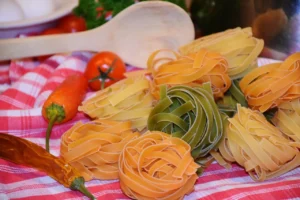
FAQ About
Is Angel Hair pasta the same as spaghetti?
No. It is thinner than spaghetti and has a more delicate texture, making it better for lighter sauces.
What’s the best sauce for it?
Olive oil, garlic, fresh tomato, or seafood-based sauces are the best matches.
How long should I cook it?
Only 2–4 minutes. Any longer and it will become too soft.
Can you use it for pasta salad?
Yes, but it should be cooled quickly and tossed with enough oil to prevent sticking.
Is it healthier than other pastas?
Nutritionally, it is similar to other pastas. Whole wheat and gluten-free versions can be healthier options.
For viewing, visit https://www.youtube.com/watch?v=8oFfcapztiE
Conclusion and Call to Action
It is a pasta variety that brings elegance to even the simplest meals. Its fine strands, quick cooking time, and ability to pair with fresh, light sauces make it unique among pasta types. Whether tossed with olive oil and garlic, served with seafood, or enjoyed in a simple broth, it remains a versatile favorite.
If you haven’t tried it yet, start with the garlic and olive oil recipe and experience the beauty of this delicate pasta.
For more pasta inspiration, explore other guides and recipes on Pastaloverz.com and bring authentic Italian flavors to your kitchen.
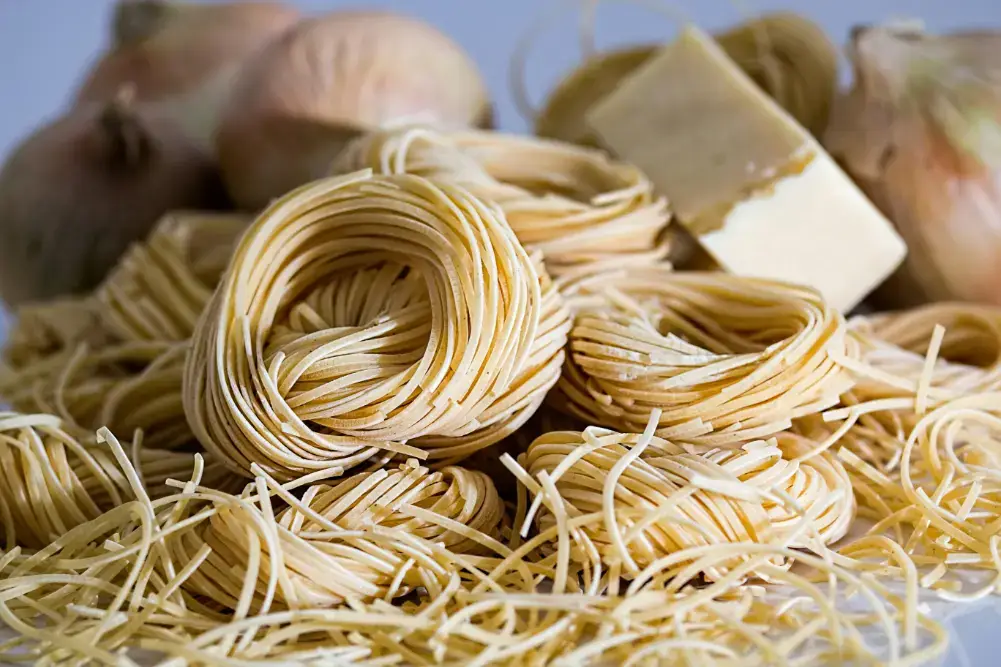
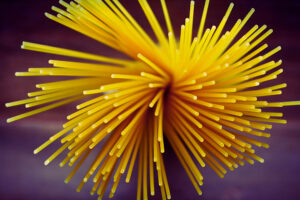
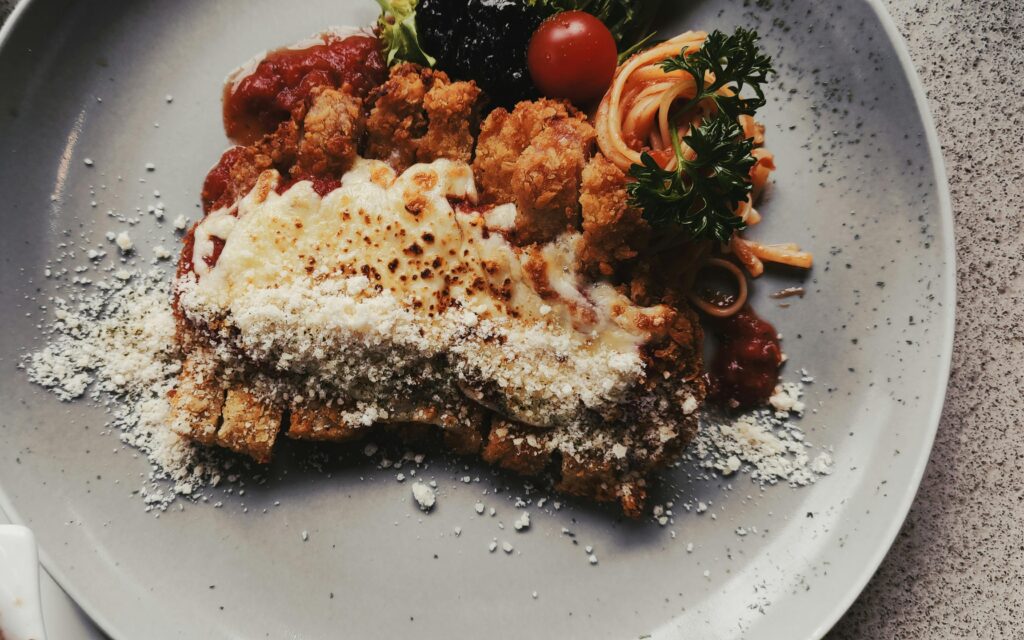
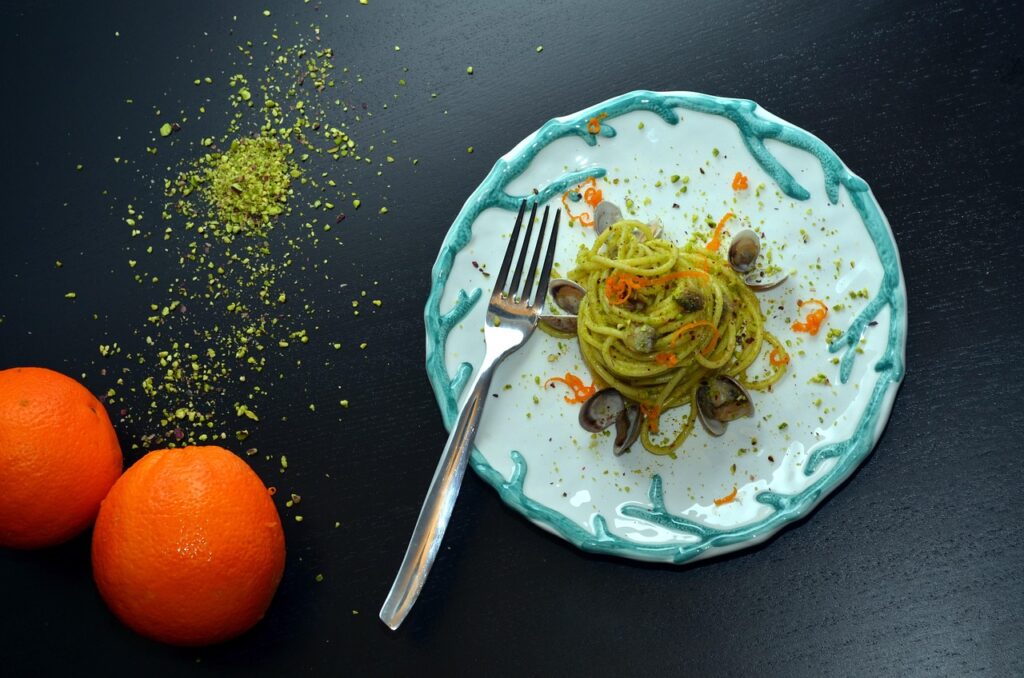
Looks great, I need to try this.